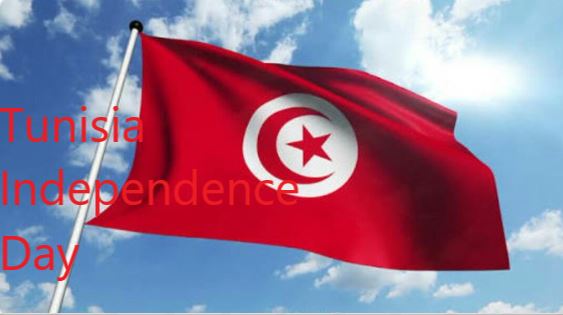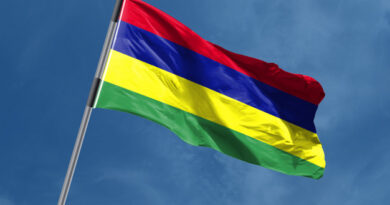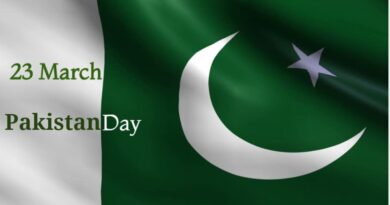Tunisia Independence Day 2020- History,Culture and Facts
The accessible coastline of the Tunisian Mediterranean and the geographical position have drawn conquerors and tourists throughout the ages and its easy access to the Sahara placed its people into interaction with the African interior inhabitants.Tunisia gained independence from France on 20 March 1956 after two years of negotiations between the French and the Neo-Destour (“New Constitution”) party, supported by trade unions.Tunisia adopted a radical Social Agenda after independence in 1956 and attempted to modernize its economy under two former presidents, Habib Bourguiba and Zine al-Abidine Ben Ali.This year Tunisian will celebrate 64th anniversary of Independence on 20th March.
Cultural History and Facts about Tunisia
In Tunisia most people are Muslims and Islam is the state religion in its Mālikī sunni form. After independence, Christian and Jewish communities have declined significantly; in 1956 non-Muslims numbers have been more than 300,000 but since then have reduced to only tens of thousands. The official language is Arabic, and most inhabitants speak Tunisian Arabic dialect.
Over the ages, Tunisia has received different migration waves, including Phoenicians, sub-Saharan Africans, Jews, Romans, Vandals, and Arabs. Around one-fifth of the population of Tunisia lives alone in Tunis, the national capital. Tunis is Tunisia’s largest city on the northern coast of Africa and was built at the end of the shallow Tunisian lake, an entrance into the gulf of Tunis.
Tunis was established by the Libyans who, in the 9th century BC, lost Carthage to the Tyre Phoenicians. Tunisia is famous for Roman Archaeological among tourists. Amphitheatre of El Jem in Tunisia is listed in UNESCO world heritage sites, The El Jem Amphitheater bears excellent evidence of Roman architecture, particularly spectator’s monuments, in Africa. This amphitheater is built entirely of stone blocks, no foundations, and is situated in a plain in the center of Tunisia. Another tourist attraction is The Phoenicians founded Carthage, a large archeological site(also listed in UNESCO), on a hill that dominates the Gulf of Tunis and the plain around.
Carthage was built on the Gulf of Tunis in the 9th century B.C. It became a big commercial power from the 6th century onwards, spanning much of the Mediterranean and was home to a brilliant civilization. During the long Punic Wars Carthage invaded Rome-owned territory that finally destroyed its competitor in 146 B.C.
Apart from archaeological sites ,Tunisia is known for its beaches like Djerba island on the Mediterranean sea. It is also home to 40,000 square kilometers of the Grand Erg Oriental desert providing a stunning view of the wind-shaped dunes.Tunisia is packed with lot of tourist attractions and it is one of major income source for shaping country’s economy.
Currency of Tunisia is Tunisian dinar(DT), The dinar is a soft currency, which ensures that the Tunisian government sets exchange rates artificially.
Music ,Food and Dance of Tunisia
Malouf is the most popular form of traditional Tunisian music. Malouf is an Arab-Andalusian type of music. The many imperial powers of Tunisia’s history have influenced Malouf, including the Ottoman, French and numerous Berber (Muslim) dynasties. Jews and Muslims fleeing Spain during the Catholic rivalry led to Malouf’s features.
Couscous, often with fried vegetables and meats, is Tunisia’s national dish. Since approximately 98 percent of the population is Muslim, pork is avoided, and the Sharia, Islamic religious law, is followed while preparing food. Olive oil, onions, spices and meat, which is mostly lamb, are found in most Tunisian dishes. Harissa, a spicy pepper sauce made with red peppers, garlic, olive oil, tomatoes, and spices is a popular top of Tunisian cuisine.
Dances are an important part of Tunisian culture and can be seen regularly at weddings, concerts, festivals and even football games. Nuba is a popular type of dance, often involving water filled acrobatics or jars.
Jasmine Revolution Tunisia
The Tunisian Revolution, also known as the Jasmine Revolution, was an active 28-day civil resistance movement. It included a series of street demonstrations in Tunisia, which led to the resignation in January 2011 of former Chairman Zine El Abidine Ben Ali. Unrest started after 26-year-old Mohammed Bouazizi protested against government corruption by burning himself outside the municipal office in central Tunisia’s town of Sidi Bouzid. High unemployment, food inflation, inequality, political freedoms (such as freedom of expression) and poor living conditions were the main reasons behind the protests. It forced Ben Ali to leave the position of president and go to Saudi Arabia.
Tunisia Independence Day Celebrations
In recent years, Tunisians have come together on Habib Bourguiba Avenue for parades and folk music performances during National Day, while politicians have traditionally paid tribute to wreaths. The Tunisian flag flies high with its famous crown moon and five-point star in the capital as well as in smaller towns, as families and friends gather to celebrate.




